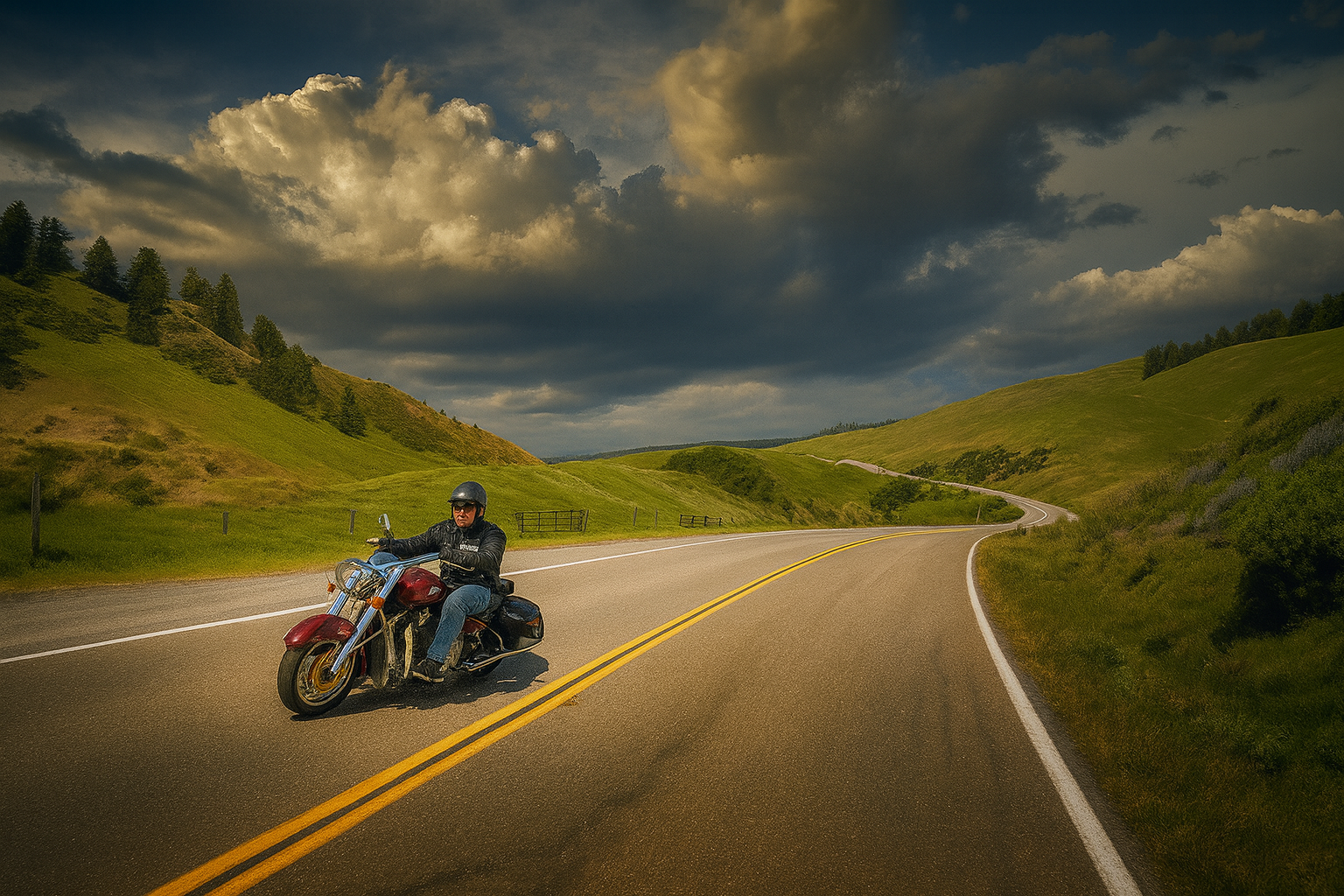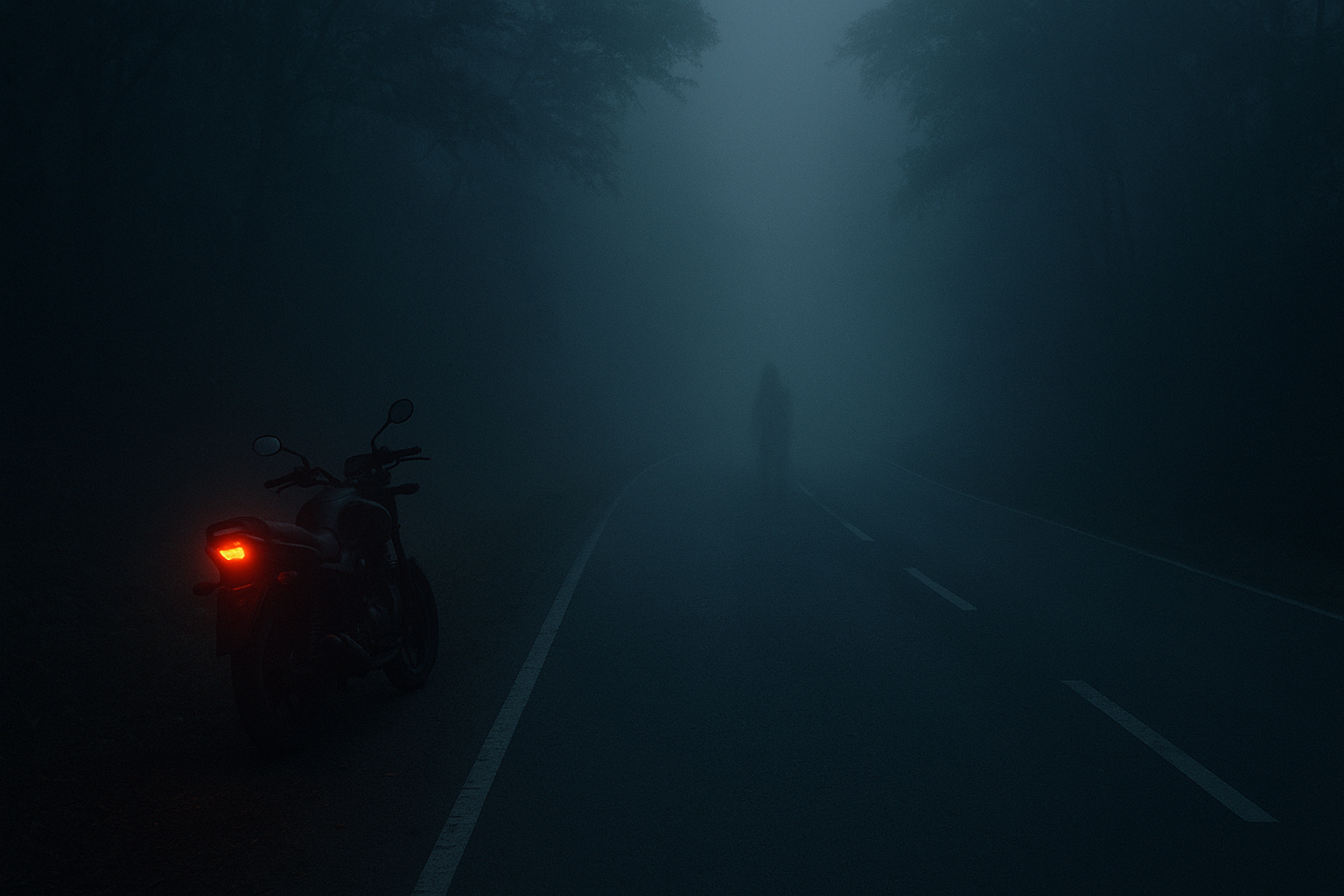Article: Riding Into Your Golden Years: Motorcycle Travel Tips for Seniors in India

Riding Into Your Golden Years: Motorcycle Travel Tips for Seniors in India
Motorcycle travel can absolutely remain part of your life well into your 60s and 70s, as long as you ride smarter, prepare better, and adapt to India’s unique road conditions. With the right bike, gear, fitness, and mindset, your golden years can be some of your best riding years across India’s highways, ghats, and coastal routes.
Why riding in your 60s is different
Age brings experience, patience, and better judgement, which are huge strengths on Indian roads. At the same time, reaction time, flexibility, and stamina may reduce, so the focus shifts from speed and bravado to comfort, planning, and risk management.
For senior riders in India, this means shorter days in the saddle, more breaks, avoiding night riding, and choosing routes that suit your health and comfort instead of just the most “adventurous” option.
Choosing the right motorcycle
For senior riders, ergonomics and ease of use matter more than raw power.
- Prefer bikes with an upright riding position, moderate seat height, and easy reach to handlebars to reduce strain on back, shoulders, and wrists.
- Mid-capacity machines (around 250–500 cc) with good low-end torque, like many Indian tourers and cruisers, are usually easier to manage in traffic and on hills than very heavy or very tall bikes.
- Add comfort accessories such as better seats, handlebar risers, and possibly lowered footpegs to keep knees and hips relaxed during long rides.
Adapting your riding style
Small adjustments in technique can dramatically improve safety and comfort for senior riders.
- Ride at conservative speeds, increase following distance, and give yourself more reaction time, especially in mixed Indian traffic with pedestrians, cattle, and slow vehicles.
- Avoid night riding as much as possible; glare, fatigue, and unpredictable traffic make Indian highways far riskier after dark.
- Practise low-speed manoeuvres, U‑turns, and emergency braking in an empty ground or parking lot to keep your skills sharp and confidence high.
Planning India-friendly ride days
Planning around India’s climate, traffic, and infrastructure is vital as you get older.
- In most parts of India, aim for 150–250 km per day on mixed roads, with a chai/stretch break every 60–90 minutes instead of trying to “push through.”
- Start early to avoid midday heat and evening traffic, particularly in hot regions and in summer; older riders are more vulnerable to heat and dehydration.
- Prefer riding between sunrise and sunset and book stay options in advance in hill stations or remote regions so you are not hunting for hotels when tired.
Taking care of your body
Your body is now your most important “engine,” so invest in it as seriously as your motorcycle.
- Do gentle stretching for neck, shoulders, lower back, hips, and hamstrings before the ride and during breaks to reduce stiffness and cramps.
- Stay hydrated, carry water and light snacks, and avoid heavy, oily meals during the ride that can make you sluggish and sleepy.
- Keep your vision and hearing checked regularly, and use prescription riding glasses or visors if needed, as these directly affect how quickly you can react.
Smart gear choices for Indian conditions
Good gear is even more important for seniors, and it must suit India’s climate.
- Use a ventilated riding jacket with armour, riding pants or knee guards, full‑gauntlet gloves, and ankle-covering boots; choose mesh or textile gear with breathable liners for hot and humid regions.
- In monsoon or in the hills, carry lightweight rain gear and waterproof covers for luggage and electronics to avoid getting wet and chilled.
- Consider add‑ons like lumbar support belts, cooling inner layers for hot plains, and thermal liners for Himalayan or high-altitude rides.
Bike preparation and maintenance
A well-prepared bike reduces physical and mental stress on long tours.
- Before big trips, get a full service: brakes, tyres, lights, cables, fluids, and chain tension should all be checked and fixed proactively.
- Carry basic spares like fuses, cables, puncture kit, tyre inflator, and essential tools, especially in rural or hilly stretches where workshops are sparse.
- Avoid refuelling when the engine is very hot; many Indian touring riders prefer filling up early in the morning and planning fuel stops in advance.
When to consider group or guided tours
For many senior riders, company and support add a big layer of comfort and safety.
- Organized Indian motorcycle tours often provide backup vehicles, mechanics, route planning, and sometimes medical support, which can be reassuring if you have health concerns.
- Riding with a small, like‑minded group—family, friends, or a senior riders’ club—reduces fatigue, improves decision-making, and ensures help is close if something goes wrong.
Listening to your body and knowing when to stop
The key to riding into your golden years is knowing when to ease off.
- If you feel unusually tired, dizzy, or unfocused, stop, hydrate, and rest instead of trying to “prove” anything; there is no shame in shortening a day’s ride or skipping a risky stretch.
- Schedule regular health check‑ups, discuss your riding plans with your doctor, especially if you have conditions like heart disease, diabetes, or joint problems, and adjust your style accordingly.

Leave a comment
This site is protected by hCaptcha and the hCaptcha Privacy Policy and Terms of Service apply.